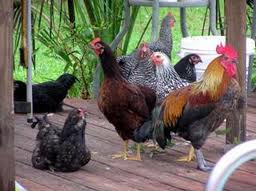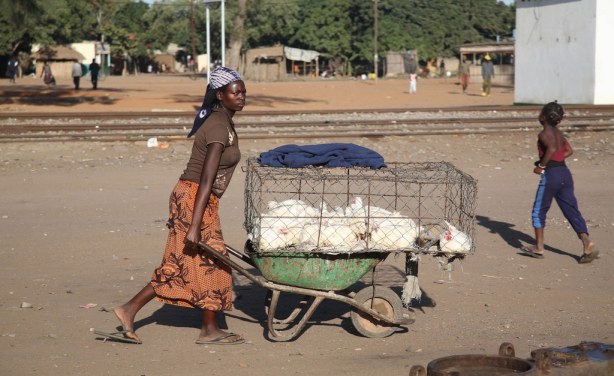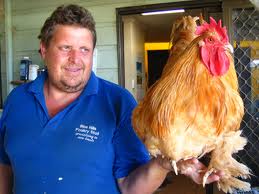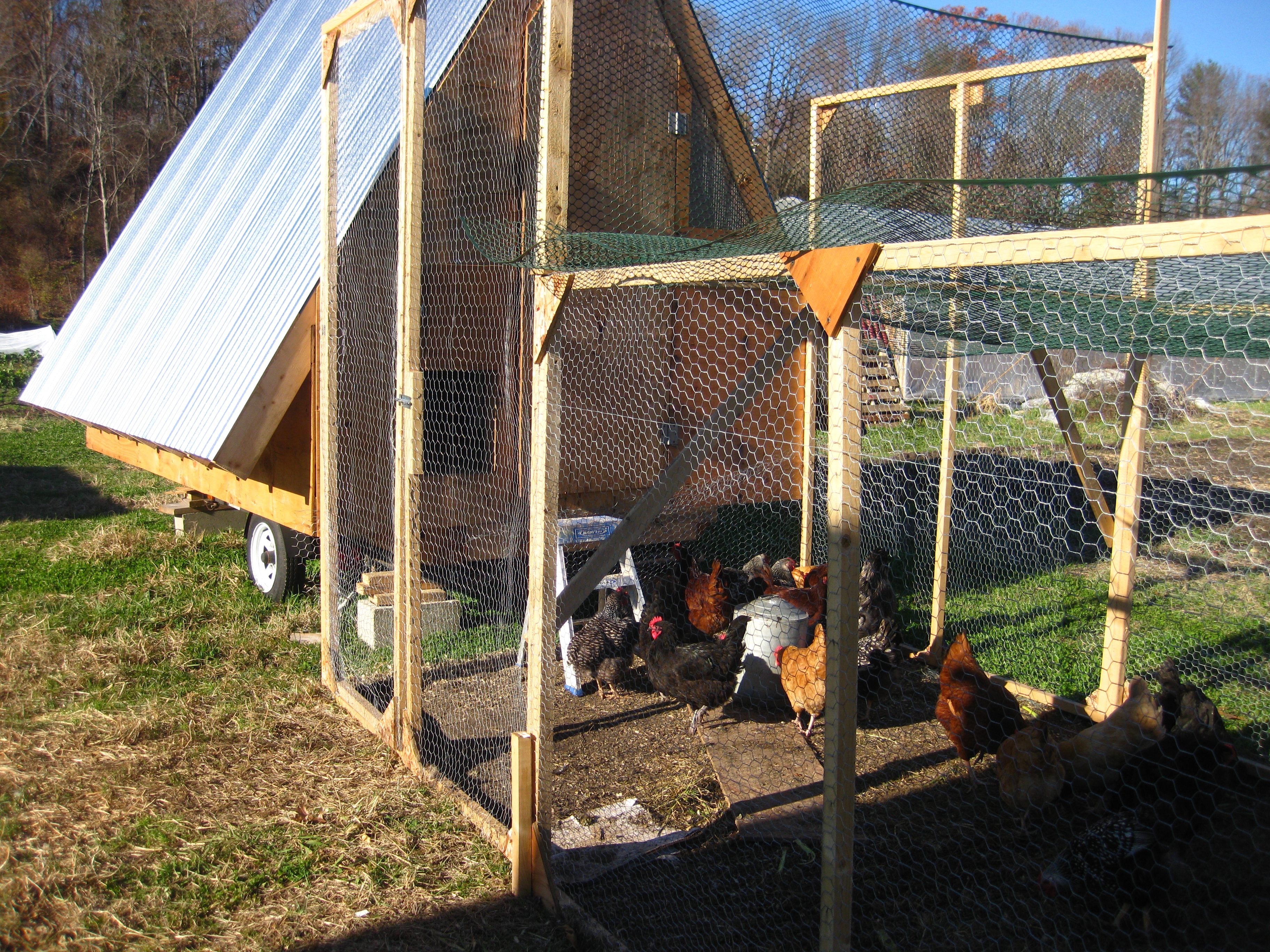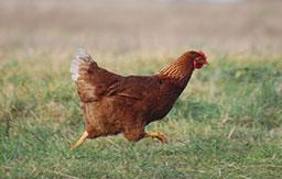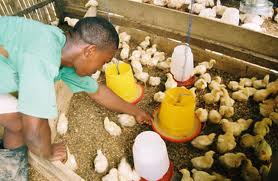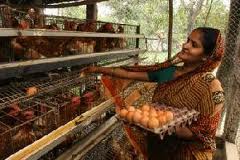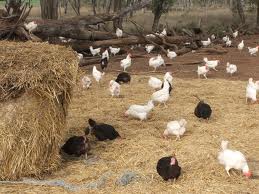Introduce the topic of homesteading and there’s without doubt that individuals will often think about raising chicken first. However, if you are looking at beginning your personal chicken farm, it will likely to be a better option that you should raise organic poultry rather. Yes, the interest in poultry meat is greatest throughout Thanksgiving season, but it doesn’t mean that …
Read More »Poultry Farming
How To Raise Baby Chicks,A Beginners Guide To Backyard Chicken Farming
Backyard chicken farming was widely observed up till the World War II. The people used to raise the chicken by themselves for eggs and meat. The backyard chicken farming had a variety of merits. It acted as the natural nitrogen fertilization process when chicken perched the food and also a natural controller for bugs and pests. With modernization and …
Read More »Outlook of Family and Rural Poultry Production in Africa
A demand for the livestock products in addition to the poultry is now increasing in all regions of Africa. But the region where the demand is much more in comparison to the other areas is West Africa. The reason for this can be linked to the rise in the population of the area and to increase in levels of urbanization. …
Read More »Overview of Poultry Industry in Australia
The Australian Poultry Industry offers its services to the market with only a few products. Although the land mass of the country is similar to that of the United States of America, still the poultry products that are exported are quite minor. One major reason for this can be linked to the rainfall that area experiences. The current poultry population …
Read More »Key considerations for starting a small poultry farm to raise healthy chicks
Before the World War 2, poultry was considered an interesting activity but moreover, a secondary source of income. However, you could only see elderly people running after their little fellows in the backyards or smaller farms. What about the current scenarios? Things have rapidly changed over the last 20 years – the poultry is now a complete business with distributors …
Read More »The advantages of Trading inside a Chicken Farm and Organic Chicken Farming
Regardless of the common misplaced notions, the truth is, raising chickens like a clients are a hard factor to complete. You will find many things to consider before people should entertain that they would like to participate in organic chicken farming or perhaps in creating a chicken farm. The main consideration is locating the appropriate location in which the people …
Read More »Problems faced by small scale poultry farmers in developing countries
According to the reports and surveys conducted by UNDP all over the world, more than 1000 million people suffer from the problem of mal nutrition and come to earn less than 1 US $ per day. One of the major modes of earning for the people of Africa is poultry. Problems Faced in Family Poultry Family poultry makes up nearly …
Read More »Current picture of poultry farming in India 2012
The poultry farming sector of India has attained a lot of success over the past few decades as it has been among the most rapidly growing industries here. The growth and progress has been due the investment that has been poured in by the government and private sector. This exposition is to give you an idea about the various features …
Read More »Rearing of Turkeys at Your Backyard
Most of the private and home based farmers widely consider raising turkeys for meat. The best and most affordable manner in which the goal can be achieved is by making use of the day old turkeys. But before your consignment of turkeys arrives, you should prefer to set up an area for the brooding process. The same is done at …
Read More »Free Range Chicken As Alternative Poultry Production Systems
When it comes to poultry alternative production systems in Australia, then there are three strategies that poultry producers make use of. These include free range, barn and organic systems used for the production of eggs and meat. It is through the use of these three systems that the customers have a wide array of choices to select while keeping in …
Read More »
